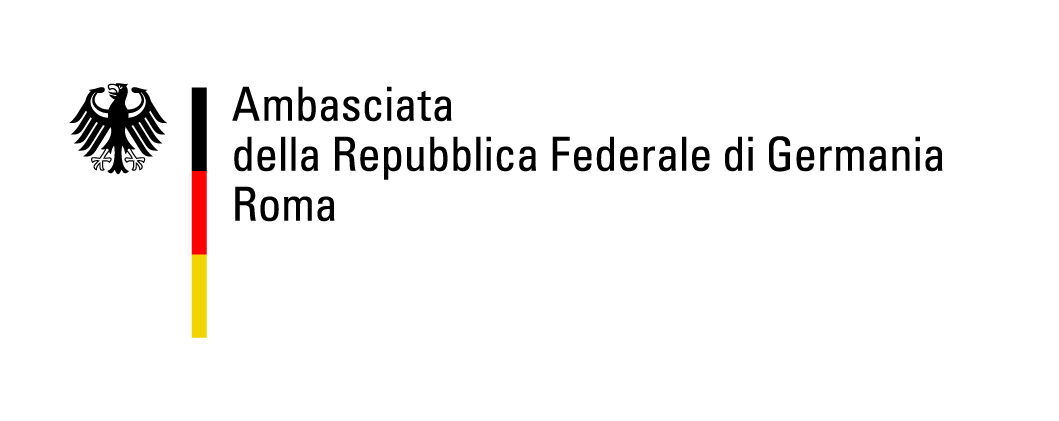Historical contextualization
-
In 1926, the fascist regime, taking advantage of the attacks on Mussolini, abolished the last civil and political guarantees and restored the death penalty, which had been abolished since 1899.
-
With the regio decreto n. 1848 of Nov. 6 and the Law for the Defense of the State of Nov. 25, repressive legislation was instituted that led to the persecution of anti-fascists through trials, imprisonment and deportations.
-
From 1927 to 1943, the Special Court:
-
He tried 5619 antifascists.
-
He sentenced 4596 people, including 42 to capital punishment, for a total of 27,735 years in prison.
-
About 3,000 anti-fascists were pre-trial detained without trial, while 746 were referred to the ordinary courts.
-
Living conditions in prisons
-
Prisons were characterized by extremely harsh living conditions:
-
Cells measuring 2.5 by 3 meters housed up to 3 people, while dormitories housed 20 to 30 inmates.
-
There was a lack of adequate toilets, replaced by the bugle, with poor access to light and air.
-
Food rations:
-
600 grams of bread per day.
-
1 liter of soup.
-
Boiled meat only on Sundays.
-
Overstay can be purchased for less than 5 liras per day.
-
-
The days followed a strict routine with waking up at 7 a.m., one hour of air time and mandatory silence from 7:30 p.m., with frequent nightly checks.
Clandestine organization
-
Political collectives, mainly led by communists (about 70 percent of prisoners), formed the core of internal resistance.
-
Activities:
-
Study and ideological discussions, using Marxist texts and antifascist books smuggled in.
-
Transcriptions of works by Marx and Lenin on makeshift materials, such as cigarette papers.
-
Reading business newspapers such as The Sun to access political information.
-
-
Nonostante la prudenza, i traffici di libri e materiali furono spesso scoperti. Nel 1941, la polizia sequestrò materiali clandestini e centralizzò i detenuti più “pericolosi” in tre carceri: Civitavecchia (RM), Castelfranco Emilia (MO) e Fossano (CN).
Moral discipline
-
In the collectives, membership was considered a title of honor, reserved for those who had not cooperated with the regime or requested pardon.
-
Moral resistance was rigorous, as evidenced by the case of a prisoner suffering from tuberculosis who refused to apply for a pardon, which was considered a capitulation to the regime.
Punishment and repression
-
Punishments included:
-
Isolation for up to 3 months, with dietary restrictions and a ban on smoking or buying surplus.
-
Torture and violence, such as the case of Scevola Ricciaputi, killed in 1939 in Civitavecchia.
-
-
These conditions severely debilitated the inmates, often driving them to their physical limits.
Main prisons
-
Regina Coeli (Rome): initial transit site for political prisoners.
-
Civitavecchia: housed 70-80% of the politicians, with a better facility in terms of hygiene but very strict discipline.
-
Castelfranco Emilia: prison for convicts from northern Italy.
-
Fossano: welcomed anti-fascists, Yugoslav fighters and French maquisards.
-
Other prisons: Santo Stefano (LT), Volterra (PI), Turi di Bari and La Pianosa (LI).
Centralization and organized resistance
-
From 1931, with the Rocco Code, cellular segregation was abolished, allowing political prisoners to organize in collective dormitories.
-
In 1932, political prisoners were centralized in Civitavecchia, where they managed to rebuild an underground network and turn prisons into political training centers.
-
During the 1943 bombing, many inmates were transferred to prisons further inland, such as Sulmona (AQ) and San Gimignano (SI).
Fall of fascism and gradual releases
-
In July 1943, the Special Court was suppressed and many antifascist prisoners were released, but not all:
-
Anarchists, “allogens” from Venezia Giulia and those convicted of espionage remained incarcerated.
-
Emilio Sereni, sentenced to 18 years in 1945, was released only after protests.
-
Conclusion
Fascist prisons were a symbol of the regime’s repression, but also of moral, political and intellectual resistance. Through collectives and clandestine activities, antifascist prisoners contributed to the formation of the leadership cadres of the Resistance and the future democratic Italy.
The persecution of opponents
Carlo Venegoni was 20 years old when fascism came to power. A worker and socialist, his story is emblematic of what happened to those who decided to oppose the regime. His son, Dario, tells us his story.
Audio Insights
After seizing power, Mussolini worked to establish dictatorship and silence dissent. After the birth of the ‘Big Fascist Brother’ or Ovra, the secret police of fascism that was later the cue for the Nazi Gestapo, one could end up in jail for a wide variety of reasons. With the help of historians, we try to shed light on these aspects
Audio interview with Mauro Canali,
historian.(transcript)
Interview with Giovanni Taurasi, historian. (transcript)
the silencing of opponents and
the regime's torture sites.
Interview with Gianluca Fulvetti, professor at the University of Pisa.(transcript)



